- Write by:
-
Wednesday, April 6, 2022 - 14:03:56
-
634 Visit
-
Print
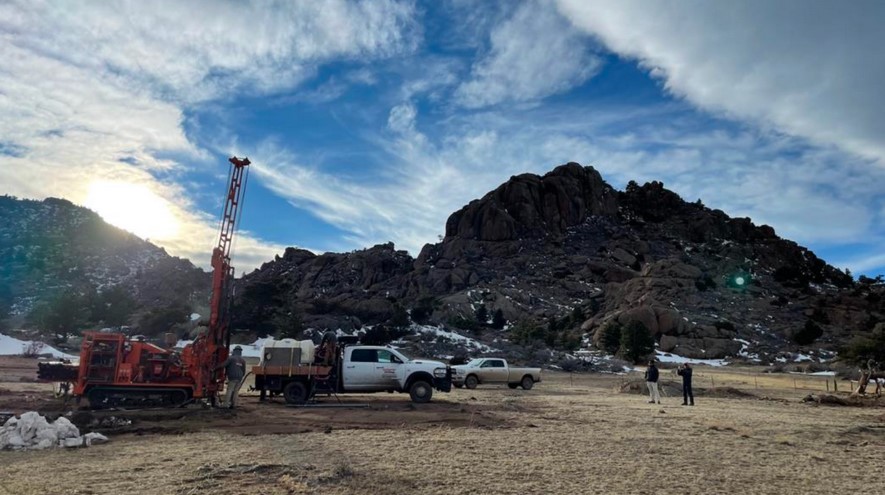
Mining News Pro - When the maiden drilling kicked off in March at American Rare Earths’ Halleck Creek rare earth project site in Wyoming, it was a key next move for the Australian company, shortly after its subsidiary Western Rare Earths was named a member of the Critical Materials Institute, a US Department of Energy Energy Innovation Hub at the beginning of the year.
Western Rare Earths will supply feedstock to US Defense advanced research projects from both its Halleck Creek project and its La Paz project in Arizona, where it received all necessary permits and began drilling last year.
The Critical Materials Institute’s mandate is innovation to assure supply chains for materials critical to clean energy technologies – with a focus on the rare earths supply chain for the United States. A bipartisan piece of legislation introduced in the US Senate in January would force defense contractors to stop buying rare earths from China by 2026 and use the Pentagon to create a permanent stockpile of the strategic minerals.
Rare earths are a group of 17 metals that, after processing, are used to make magnets found in electric vehicles, weaponry and electronics. While the United States created the industry in World War Two, China grew to control the entire sector over the past 30 years.
The United States has only one rare earths mine, Mountain Pass in California, owned by MP Materials, which is backed by a Chinese investor. The US currently has no capability to process rare earth minerals.
American Rare Earths is the latest company to join the race to establish a domestic supply chain in North America, and says its assets have the potential to become some of the largest rare earth deposits in the United States.
“There are a number of research programs or organizations seeking funding from the US Defense Research Projects Agency (DARPA) looking at breakthrough technology and research for rare earths processing — what’s exciting about this is these organizations are using our feedstock, and what makes our projects unique is that our stock is low on barium, a highly radioactive element, which is found at most other rare earth projects,” Gibbs said.
American Rare Earths’ subsidiary is one of two rare earth miners to be with the group, the other is Rio Tinto.
“Our feedstock at La Paz, and also at Halleck Creek are low on barium content, so when it comes to the bioengineering programs that some of this research is looking at… at the highly radioactive ore from other locations, there are a lot of folks who are interested in using and trialing our material for their respective processes – it’s what makes us a bit unique with the projects we have.”
Gibbs said the groundbreaking activities at the company’s project sites demonstrate they are in good mining jurisdictions and that grades at are up to three times higher than other rare earth projects – enough to make project economics feasible.
In summer 2021, a surface sampling program of a total of 197 samples at Halleck Creek were collected, showing an average Total Rare Earth Oxide (TREO) value of 3,187 ppm and a noteworthy combined Nd and Pr average of 702 ppm.
“We are in a good position to be moving those projects forward, but when it comes back to us being part of the leading edge with technology, we are right in there with the Critical Materials Institute, it gives us access to the brightest minds who are working on technology,” he said.
“With us being part of the Critical Materials Institute and our R&D partners looking at breakthrough technologies and working at the front end with our partners and collaborating – we’re focused at both ends so we can close that loop.”
Short Link:
https://www.miningnews.ir/En/News/621011
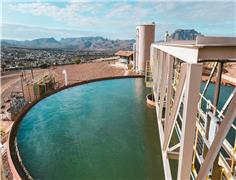
A Native American group has asked all members of a US appeals court on Monday to overturn an earlier ruling that granted ...
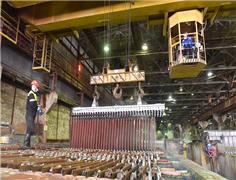
The London Metal Exchange (LME) on Saturday banned from its system Russian metal produced on or after April 13 to comply ...
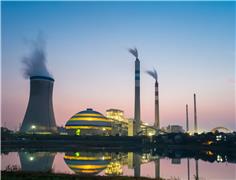
The world’s coal-fired power capacity grew 2% last year, its highest annual increase since 2016, driven by new builds in ...
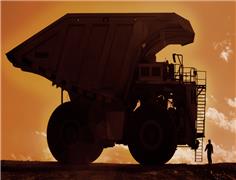
Peabody Energy Corp. shares sunk to the lowest in seven months after the biggest US coal miner warned that first-quarter ...
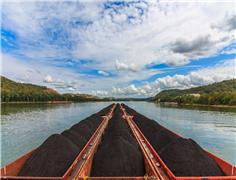
BMO Bank quietly dropped its policy restricting lending to the coal industry in late 2023, helping it avoid being ...
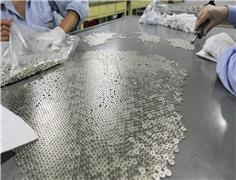
Rare earths prices in top producer China jumped to their highest in more than seven weeks on Monday on a wave of ...
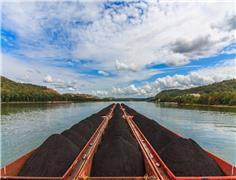
BMO Bank quietly dropped its policy restricting lending to the coal industry in late 2023, helping it avoid being ...

Graphjet Technology, a Malaysia-headquartered developer of technologies to produce graphite and graphene directly from ...

A US and European Union push to reach an accord on fostering critical mineral supply chains is set to miss another ...
No comments have been posted yet ...